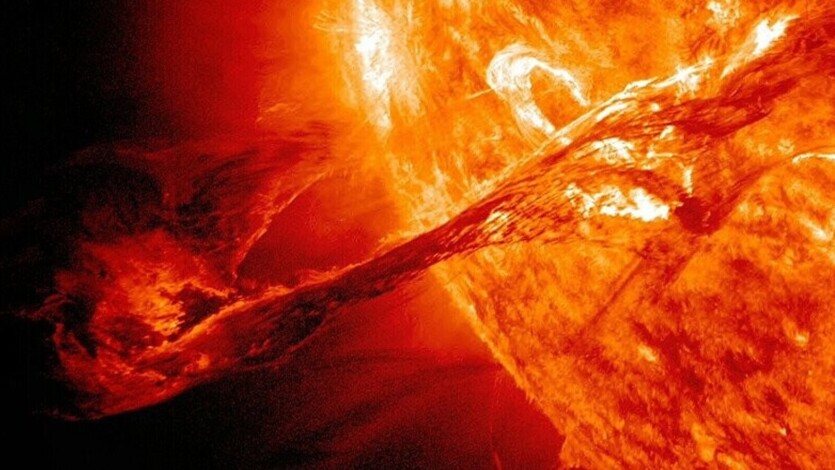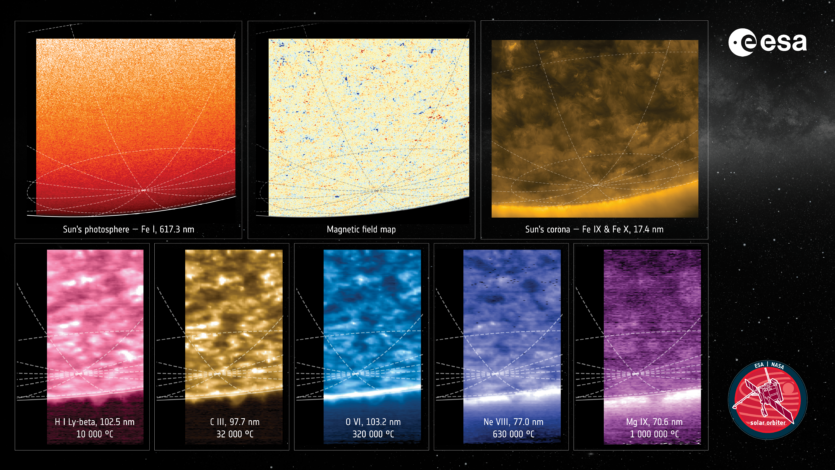
On June 11, the European Space Agency (ESA) published the first-ever images of the South Pole of the Sun taken by the Solar Orbiter spacecraft.
It is noted that the photos were taken on March 23 and demonstrate the Sun from an angle that has never been observed before by humans or any spacecraft. For the past several months, Solar Orbiter has been tilted 17 degrees below the solar equator to take the first photograph of the sun’s south pole.

The resulting images cover the South Pole of the Sun in a wide range of visible and ultraviolet wavelengths. To do this, Solar Orbiter used about 10 instruments on board. It managed to take pictures of tangled tangles of magnetic field, high-speed movement of plasma flows.
The ESA notes that the photos will help to improve understanding of the mechanisms in the coming years formation of solar wind, space weather and the 11-year cycle of our star. Now, when the Sun is at the peak of its activity, of particular interest are the magnetic measurements obtained with the Polarimetric and Helioseismic Imager.
Created with the help of The Polarimetric and Helioseismic Imager maps of the Sun’s magnetic field show something unusual: while most magnets have clear north and south poles, the Sun’s south pole has magnetic fields of both north and south polarity. Astronomers from ESA believe that this is a temporary phenomenon that indicates the approach of a magnetic field inversion that occurs once every 11 years. This means that the solar maximum will gradually go to a minimum. The next solar minimum should occur in about 5-6 years. Then the poles of our star will show only one magnetic polarity.
In the coming years, Solar Orbiter will be able to verify space weather forecasts several times. With the support of Venus’s gravitational pull, Solar Orbiter will continue to tilt its orbit further away from the solar equator, reaching an inclination of 24 degrees in December 2026 and a whopping 33 degrees in June 2029. These data will change our understanding of the Sun’s magnetic field, solar wind, and solar activity.
Source: LiveScience

Spelling error report
The following text will be sent to our editors: